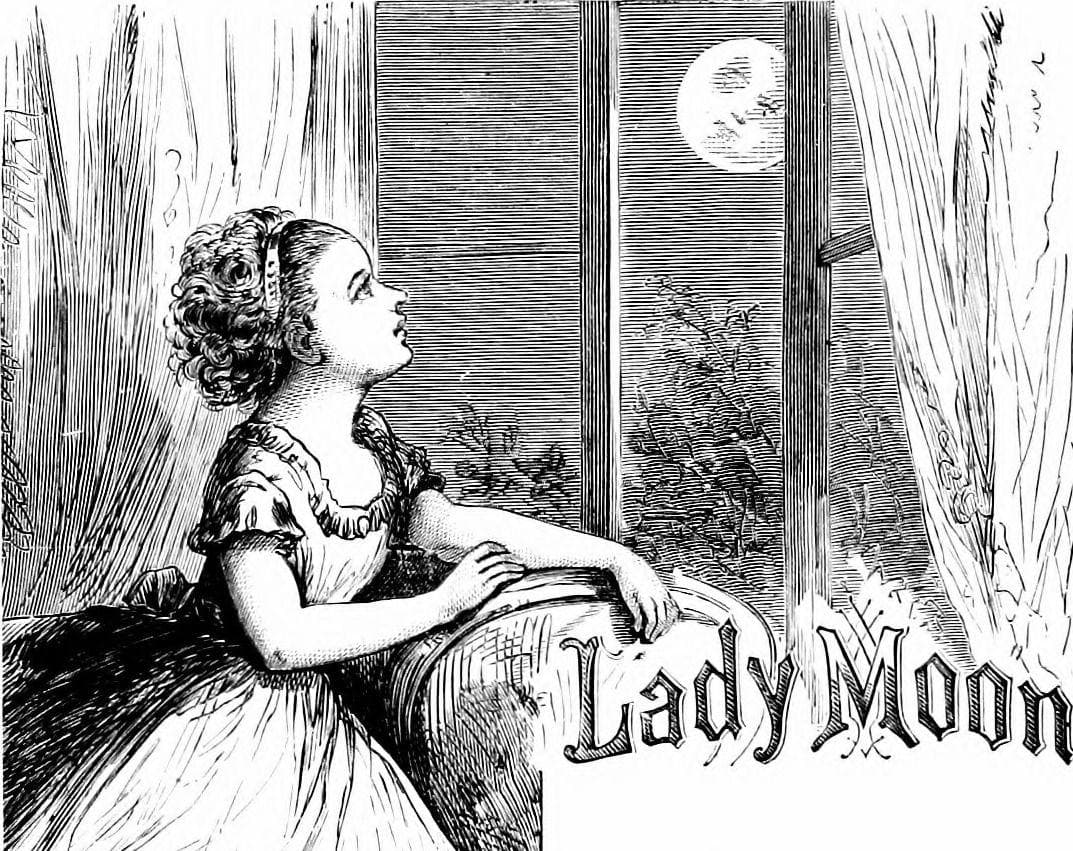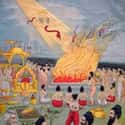-
(#7) The Fall Of The Roman Empire Signaled The End Of Kissing For 1,000 Years
The ancient Romans did a good job of setting up what we see as modern kissing for romantic purposes, but with the fall of their empire came a kissing drought for nearly 1,000 years. After it returned, kissing was immensely popular - until the mid-1600s. After that, kissing was replaced with more courtly gestures such as bowing and curtsying.
This change probably had a lot to do with the Black Plague, though, and less to do with the Church, which began discouraging kissing in the 1300s for fear of it developing into more "carnal acts." This makes some sense considering that a particularly involved smooch can involve the exchange of up to 80 million bacteria between the involved partners.
-
(#6) The Romans May Have Made Kissing More Widespread
The Greeks may have learned about kissing from the Indians, but the Romans really took it to the next level. The Romans kissed everyone: partners, children, parents, superiors. They had very specific rules and designations for these different types of kisses, as well. According to Psychology Today: "They distinguished a kiss on the hand or cheek (osculum) from a kiss on the lips (basium) and a deep or passionate kiss (savolium)."
With these terms in place, the Romans could transcend kissing boundaries and practice all sorts of kissing, from the strictly platonic to the sensually passionate.
-
(#2) In Some Cultures, Kissing Is Seen As A Sign Of Respect, Not Romance
For some cultures, the primary function of kissing can is to show social status and deference. In places where romantic kissing is uncommon, like among certain cultural groups in Central America, kissing is seen as a sign of respect. In the Ethiopian highland community of Amhara, some relatives kiss on the cheeks after being away for a while, and some kiss in order of status (those higher up in society are kissed first). Servants and children kiss the feet of their higher-ups and elders.
In these cultures, kissing is first and foremost a show of respect and will most likely not be practiced romantically.
-
(#3) Romantic Kissing Might Have Evolved From The Way Mother Birds Feed Their Babies
Be prepared to be slightly grossed out - kissing may be a learned behavior from "kiss-feeding," the way mother birds feed their young by first chewing the food and then spitting it out into the mouths of their offspring. Some cultures even still practice kiss-feeding, but not romantic or cultural kissing. According to Psychology Today:
Kissing could also be a culturally determined form of grooming behavior, or, at least in the case of deep or erotic kissing, a representation, substitute for, and complement to, penetrative intercourse.
-
(#4) There's Discussion Of Kissing In Several Ancient Sanskrit Texts – And There's A Whole Chapter On It In The 'Kama Sutra'
Ancient Vedic texts from India, some dating from 1,500 BCE, describe what amounts to an early form of kissing, and the epic poem Mahabharata from 400 BCE also references smooching. However, it's the Kama Sutra, an erotic Indian text that dates back to anywhere between the 2nd and 5th centuries, that really goes into detail on kissing. The ancient Sanskrit manual for intimate pleasure has an entire chapter dedicated to the practice of kissing.
It is postulated that romantic kissing was brought to the Greeks by Alexander the Great after he invaded India back in 326 BCE and must have witnessed or heard of the practice. With a manual on hand, it isn't surprising that people began exploring kissing and its pleasurable benefits.
-
(#11) Kissing Is Not Unique To Human Beings
Surprise! Human beings are not the only animals to kiss. Apes kiss each other; dogs and cats lick and cuddle each other as do other animals; even snails "engage in antennal play." Although these animals might only be grooming one another or using it as some form of communication, the indication is some sort of bonding experience.
Bonding is the reason humans engage in similar behavior, whether or not that is romantic kissing or otherwise.
New Random Displays Display All By Ranking
About This Tool
Many scientists have studied for many years whether kissing is an acquired or an instinct. The truth is that not everyone kisses. Anthropologists have published that people in many parts of the world have not actually been kissing for thousands of years. A new study found that the romantic kiss does not exist in half of the human cultures, and it is often absent among animals.
In certain social cultures, the kiss is of great significance. In many hunter-gatherer groups, you can't see a trace of kissing or kissing desire at all. Some ethnic groups even think the kiss is disgusting. The random tool lists 11 cultures in history where humans did not kiss each other.
Our data comes from Ranker, If you want to participate in the ranking of items displayed on this page, please click here.
















